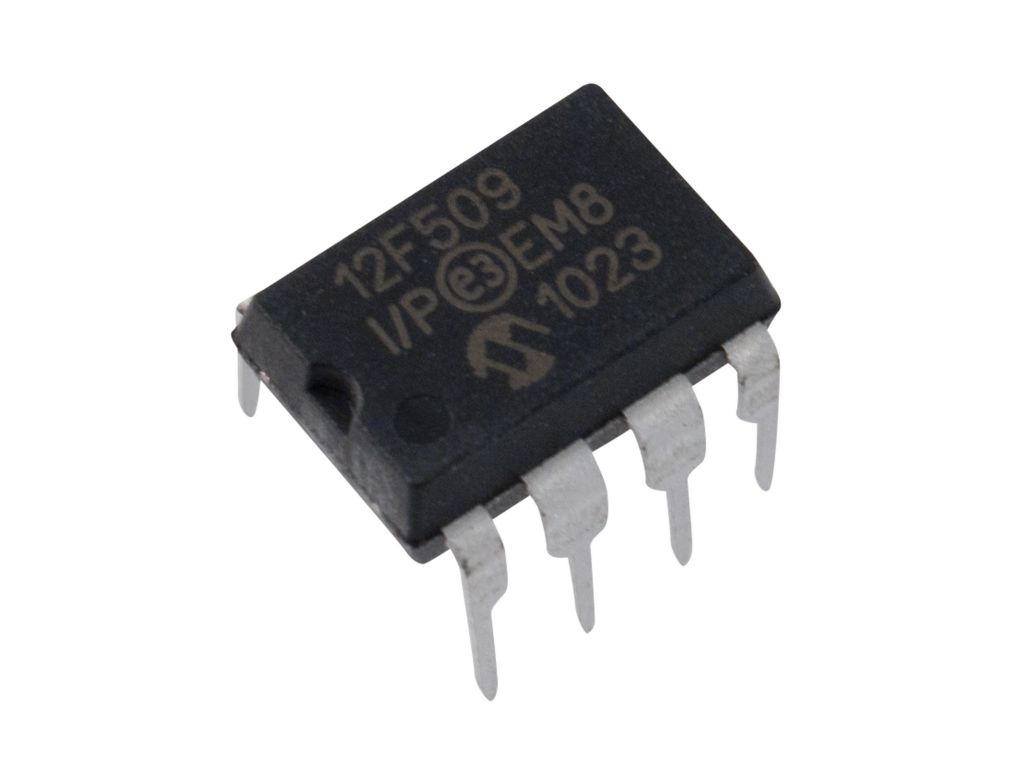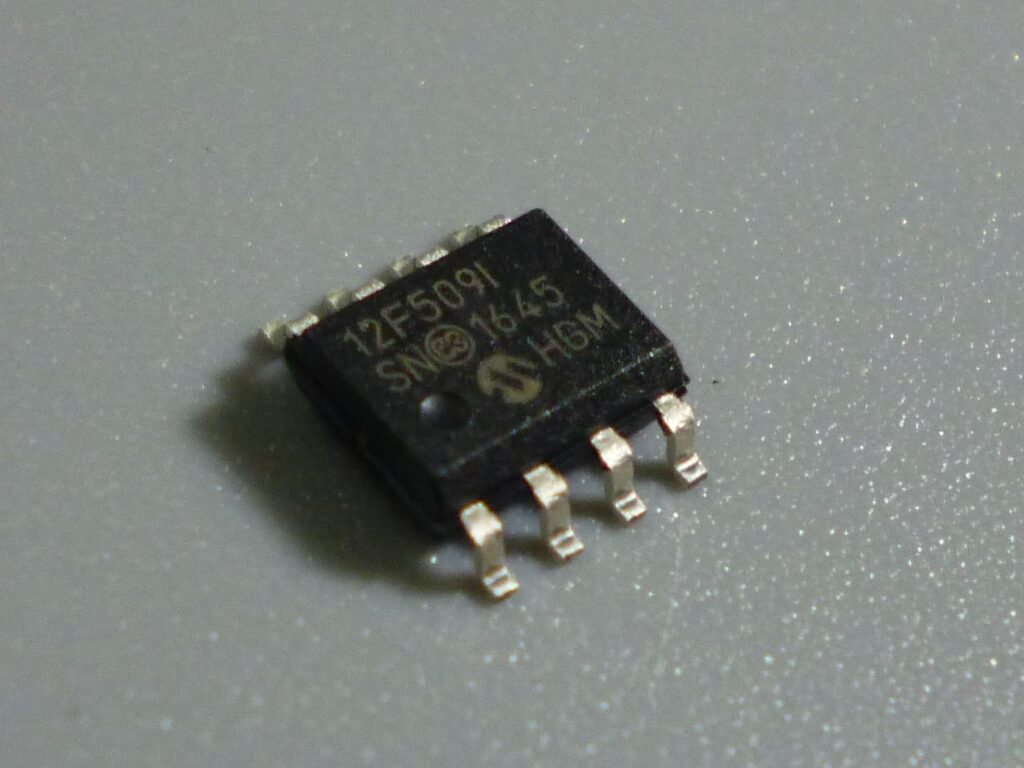Microchip PIC12F509 Flash Firmware Replication
Microchip PIC12F509 Flash Firmware Replication is a process to break MCU PIC12F509 fuse bit, source code can be extracted from original microcontroller pic12f509 flash and eeprom memory;

The A/D conversion time per bit is defined as TAD. The A/D conversion requires 11 TAD per 10-bit conversion. The source of the A/D conversion clock is software selectable. There are seven possible options for TAD:
- 2 TOSC
- 4 TOSC
- 8 TOSC
- 16 TOSC
- 32 TOSC
- 64 TOSC
- Internal RC oscillator
For correct A/D conversions, the A/D conversion clock (TAD) must be as short as possible to clone microcontroller pic12f510 heximal program, but greater than the minimum TAD (approximately 2 ms, see parameter 130 for more information).
Table 17-1 shows the resultant TAD times derived from the device operating frequencies and the A/D clock source selected.
The selection of the automatic acquisition time and the A/D conversion clock is determined, in part, by the low-power mode clock source and frequency while in a low-power mode.
If the A/D is expected to operate while the device is in a low-power mode, the ACQT2:ACQT0 and ADCS2:ADCS0 bits in ADCON2 should be updated in accordance with the low-power mode clock that will be used to copy pic12f519 mcu flash firmware. After the low-power mode is entered (either of the Run modes), an A/D acquisition or conversion may be started.

Once an acquisition or conversion is started, the device should continue to be clocked by the same low-power mode clock source until the conver- sion has been completed. If desired, the device may be placed into the corresponding low-power (ANY)_IDLE mode during the conversion.

